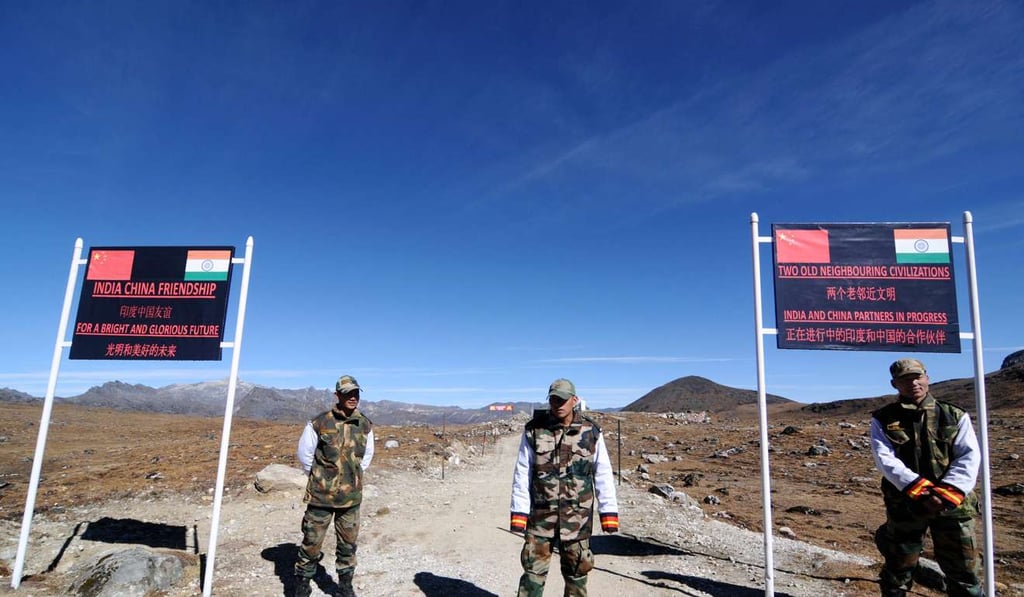Why it’s time the Indian media ended its war on China
Editorials may be slowly losing their venom and becoming more realistic than jingoistic, but the press still lags the public – and even politicians – in embracing the rise of Sino-Indian ties

Not a shot has been fired across the India-China border since 1962, but the Indian media’s China “war” never quite ended. Border “skirmishes” and Chinese “intrusions” into Indian territory still dominate the coverage of China by Indian newspapers and television channels more than half a century on.

But a change seems to be slowly taking place. The Indian media seem to be finally accepting that China does things other than stealthily intrude into Indian land or plot strikes across the border.
The border issue remains a major concern, but war cries in the media are heard less and less. So finds a survey by a team of researchers at the Observer Research Foundation, an Indian think-tank that comprises retired diplomats, bureaucrats, other policymakers, academics and journalists.

In their survey published this month, the authors analysed China-related editorials carried by five leading Indian newspapers – The Times of India, The Hindu, The Indian Express, The Economic Times and The Financial Express – between 2012 and 2014. The years chosen are significant because they mark the rise to power of the two current leaders of China and India – Xi Jinping ( 習近平 ) and Narendra Modi.